|
Fillmore History Museum Presents The Stones of Sespe
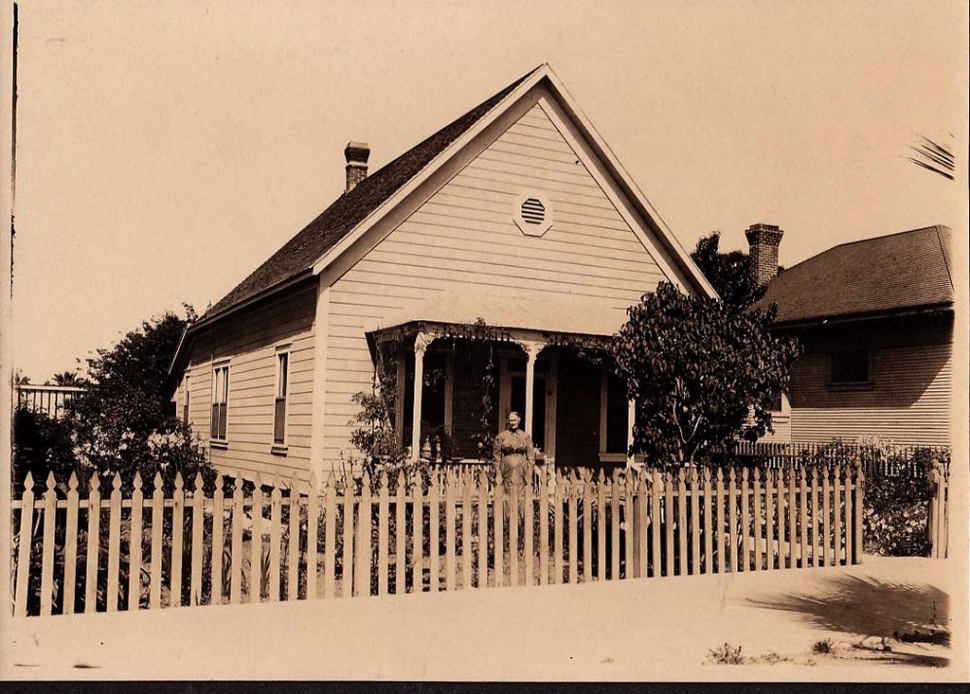 Mahala Stone's house on Central Avenue in Fillmore circa 1910. Photos courtesy Fillmore Historical Museum. By Anonymous — Wednesday, April 22nd, 2020
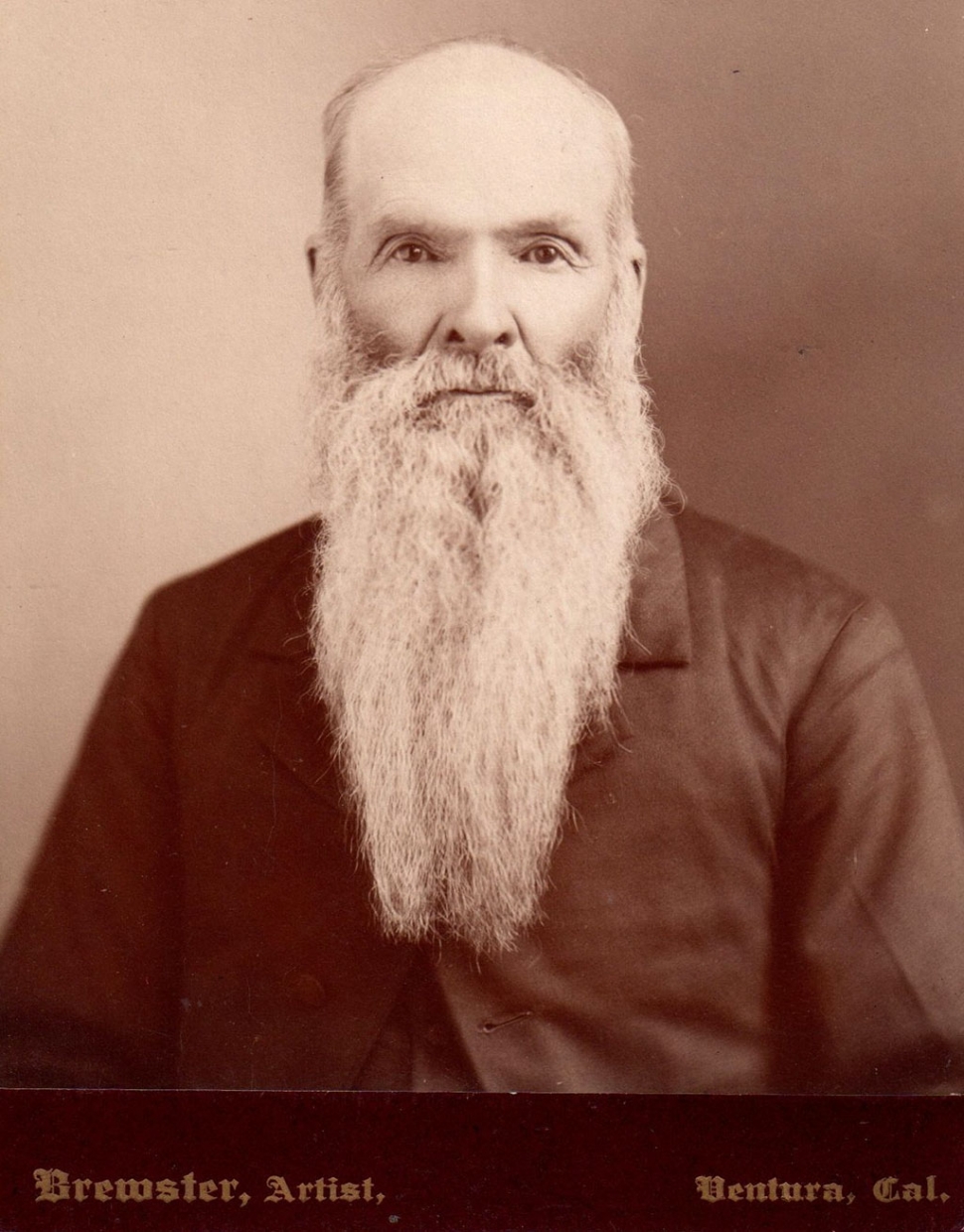 Joseph Stone 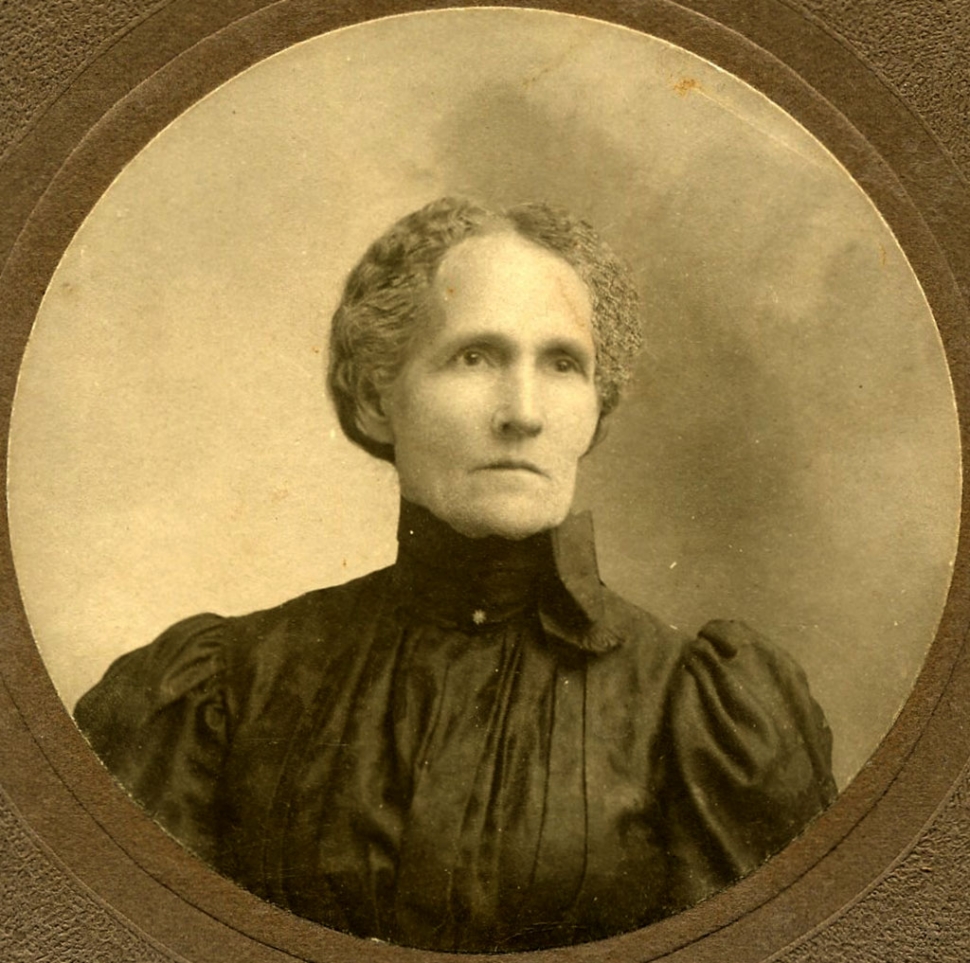 Mahala Stone 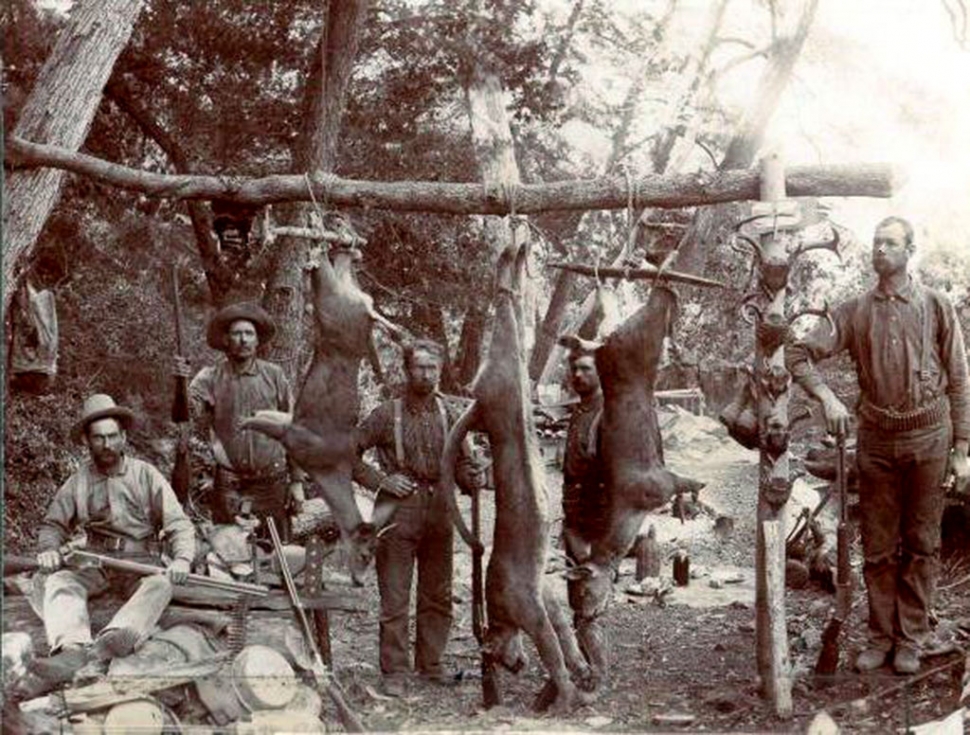 Hunting party in the Agua Blanca with (L to R) Ed Welch, Charley Welch, Nate Stone, Wright Burson, Alfred Stone. 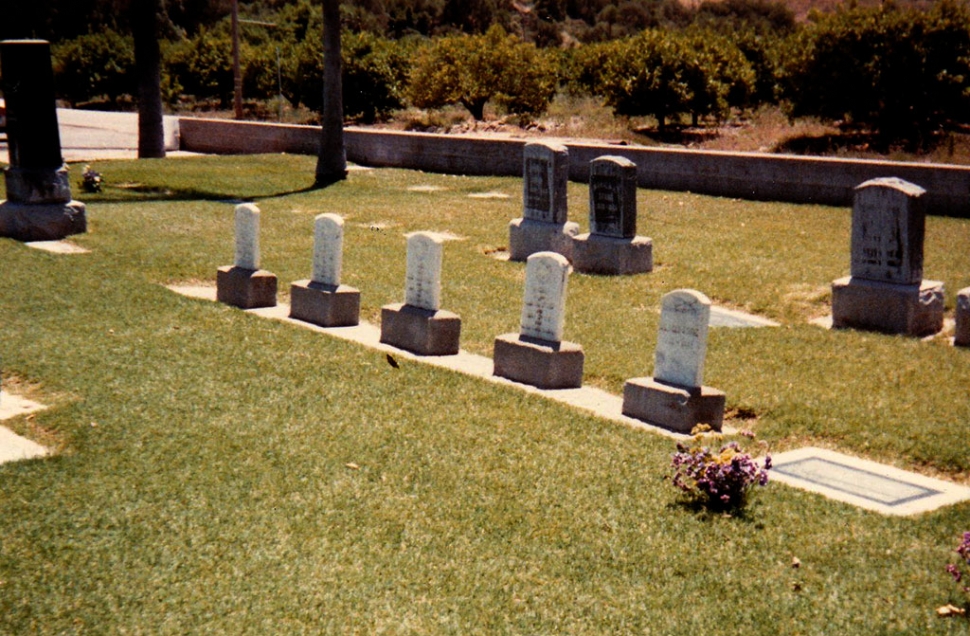 Stone Children's Graves in Bardsdale. Courtesy Fillmore Historical Museum The last quarter of the 19th century saw many settlers moving into the Santa Clara River Valley. Many stayed for a year or two, found it too difficult and moved on. A few stayed and became very successful. We see their names on streets and landmarks like Elkins, Goodenough and Shiells. Others simply stayed and made good lives for themselves like two families named Stone and Morey. Joseph and Mahala Azbell Stone came to the Fillmore area in the mid-1870s. Mahala was twelve years old when her family left Missouri for California in 1850. On the way cholera struck the party and she lost two brothers and her father. Her mother managed to get them to Sutter County where the remaining family settled. In 1853, at the age of 15, she married Joseph Stone, age 55. Joseph was born in New York, but according to information related by his son Nathan (Nate), Joseph was a veteran of the 1836 Seminole wars in Florida. During the Mexican War of 1846, under the name George Taylor, he fought for the Mexican cause and his wife, Mahala, received a pension from the Mexican government until her death. A family story was that they were burned out of their home in the San Joaquin Valley and then moved to Fillmore in the mid-1870s. They settled in the mountains north of Fillmore near the Arundell home. In the 1800s there were many epidemics and even pandemics. One of the worst of these was diphtheria which killed many throughout the world. In 1878 it struck the Santa Clara River Valley. In less than a week, four of Mahala and Joseph's twelve children were killed by the disease. Their graves, plus that of another child who died a few years later, can be seen at the Bardsdale Cemetery. A few months later, Mahala's sister, Angeline Baum, living in Piru, would lose four children as well. In 1879, Mahala gave birth to her final child, Ada May Stone. She was a neighbor of the Arundells and with the Arundell children would walk to the "Cactus Flat" school located north of Fifth Street and west of Goodenough Road. The slate she used at school is on display at the Fillmore Historical Museum. By this time her older brothers were beginning to make a living for themselves. Older brothers Nate and Alfred (Al) were particularly well known in the Fillmore area. While helping their parents on their farm, they also “carried on a lucrative business of hunting game in the Sespe, shipping their kill to a ready market in Los Angeles” according to Al’s obituary. Al died after an altercation with a pack horse while hunting at the age of 65. One of Al’s rifles is also on display in the Museum. Nate was also noted as being one of the leading beekeepers in the county, keeping hives in Piru Canyon. Joseph Stone died in 1902 and Mahala moved from the Sespe into Fillmore, building a home on Central Avenue where Central Market now stands. In about 1911, this area was becoming the main business district and Mahala moved, taking her home with her, to Mountain View Avenue where the house still stands. Mahala died in 1933, a few months after Nathan. At the time of her death, Mahala was the oldest citizen on Fillmore at age 95. After her death, her grandson, Elbert “Al” Morey, son of Ada Stone and Norman Morey lived in the home on Mountain View until his death in 1983. The Morey family story will have to wait for another time. |
